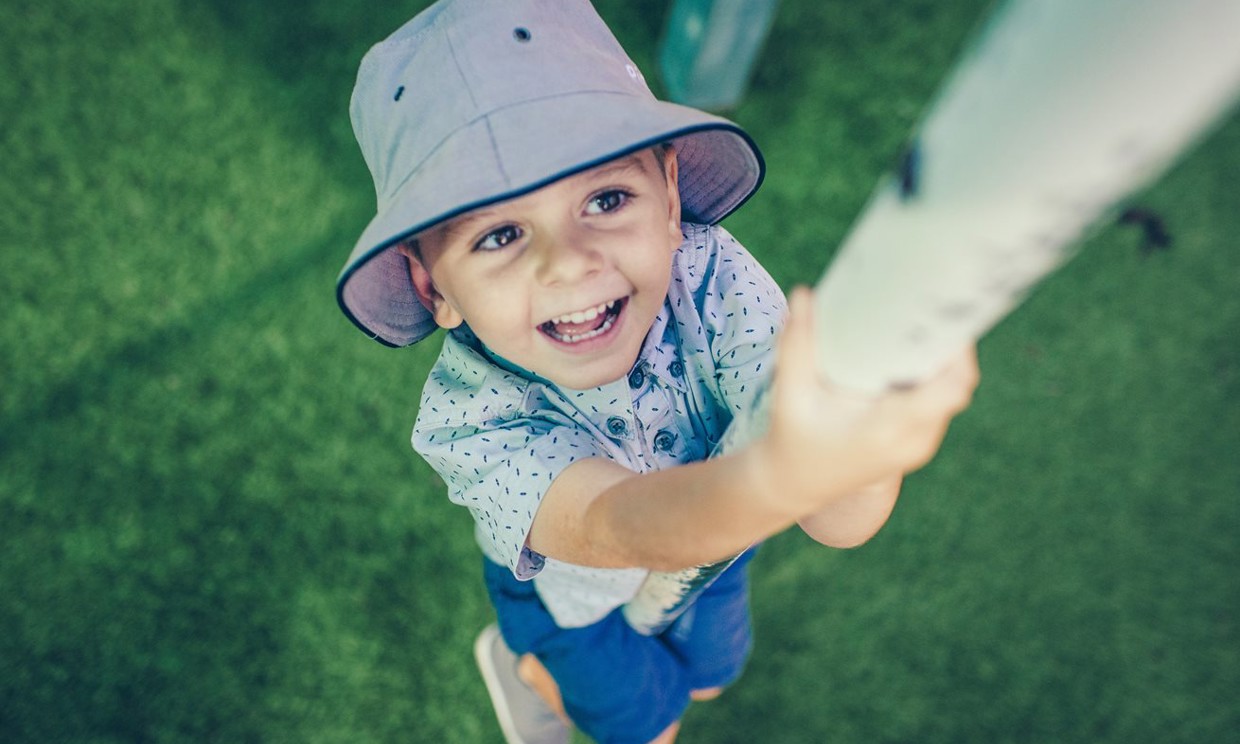Is your child more intelligent than a chimpanzee?
According to research from the University of Queensland (UQ) they are, once they turn four- that’s when human’s ability to demonstrate foresight kicks in.
Led by Professor Thomas Suddendorf and carried out by the UQ team, the research published in the journal Biology Letters in 2017 suggests that humans aren’t born with the attribute of foresight- the ability to imagine and prepare for future possibilities, which is considered a hallmark of intelligence and distinguishes us from animals.
Instead, according to the study our ability to prepare for future possibilities develops as our brain does- developing around four years old.
The study found that between the ages of two and four, children gradually begin to demonstrate a capacity to prepare for two simple and mutually exclusive alternatives of an immediate future event.
To test foresight the researchers compared the responses of chimpanzees and a group of young children when they knew they were going to receive a prize.
The team set up two vertical tubes and a research assistant stood over them and held out an object (a ball for the children and a grape for the chimps) before quickly dropping it through one of the tubes without the child or chimp knowing which tube it had been dropped into.
The child and the chimp had to grab the prize before it hit the floor.
Professor Suddendorf said the researchers were testing whether young children or other animals could demonstrate that they understood the future was uncertain and prepare for one or multiple events.
The best strategy to catch the ball or grape was to cover both ends of the tube with their hands.
But the chimps and the two and three-year old children would only cover one of the holes, said researchers.
By four years old the children’s minds had developed enough so that they could forecast multiple outcomes and in the experiment they covered both holes with their hands and caught the toy every time.
"The two-year olds seemed to not really be preparing for both outcomes,” Professor Suddendorf told media outlets when the study was published.
"We found as children aged they would use two hands, and by age 4 they would all cover both exits on the first try," Professor Suddendorf said.
This showed that as they age, humans are able to “mentally represent multiple, even mutually exclusive versions of the future and prepare accordingly,” he said.
According to research from the University of Queensland (UQ) they are, once they turn four- that’s when human’s ability to demonstrate foresight kicks in.
Led by Professor Thomas Suddendorf and carried out by the UQ team, the research published in the journal Biology Letters in 2017 suggests that humans aren’t born with the attribute of foresight- the ability to imagine and prepare for future possibilities, which is considered a hallmark of intelligence and distinguishes us from animals.
Instead, according to the study our ability to prepare for future possibilities develops as our brain does- developing around four years old.
The study found that between the ages of two and four, children gradually begin to demonstrate a capacity to prepare for two simple and mutually exclusive alternatives of an immediate future event.
To test foresight the researchers compared the responses of chimpanzees and a group of young children when they knew they were going to receive a prize.
The team set up two vertical tubes and a research assistant stood over them and held out an object (a ball for the children and a grape for the chimps) before quickly dropping it through one of the tubes without the child or chimp knowing which tube it had been dropped into.
The child and the chimp had to grab the prize before it hit the floor.
Professor Suddendorf said the researchers were testing whether young children or other animals could demonstrate that they understood the future was uncertain and prepare for one or multiple events.
The best strategy to catch the ball or grape was to cover both ends of the tube with their hands.
But the chimps and the two and three-year old children would only cover one of the holes, said researchers.
By four years old the children’s minds had developed enough so that they could forecast multiple outcomes and in the experiment they covered both holes with their hands and caught the toy every time.
"The two-year olds seemed to not really be preparing for both outcomes,” Professor Suddendorf told media outlets when the study was published.
"We found as children aged they would use two hands, and by age 4 they would all cover both exits on the first try," Professor Suddendorf said.
This showed that as they age, humans are able to “mentally represent multiple, even mutually exclusive versions of the future and prepare accordingly,” he said.


